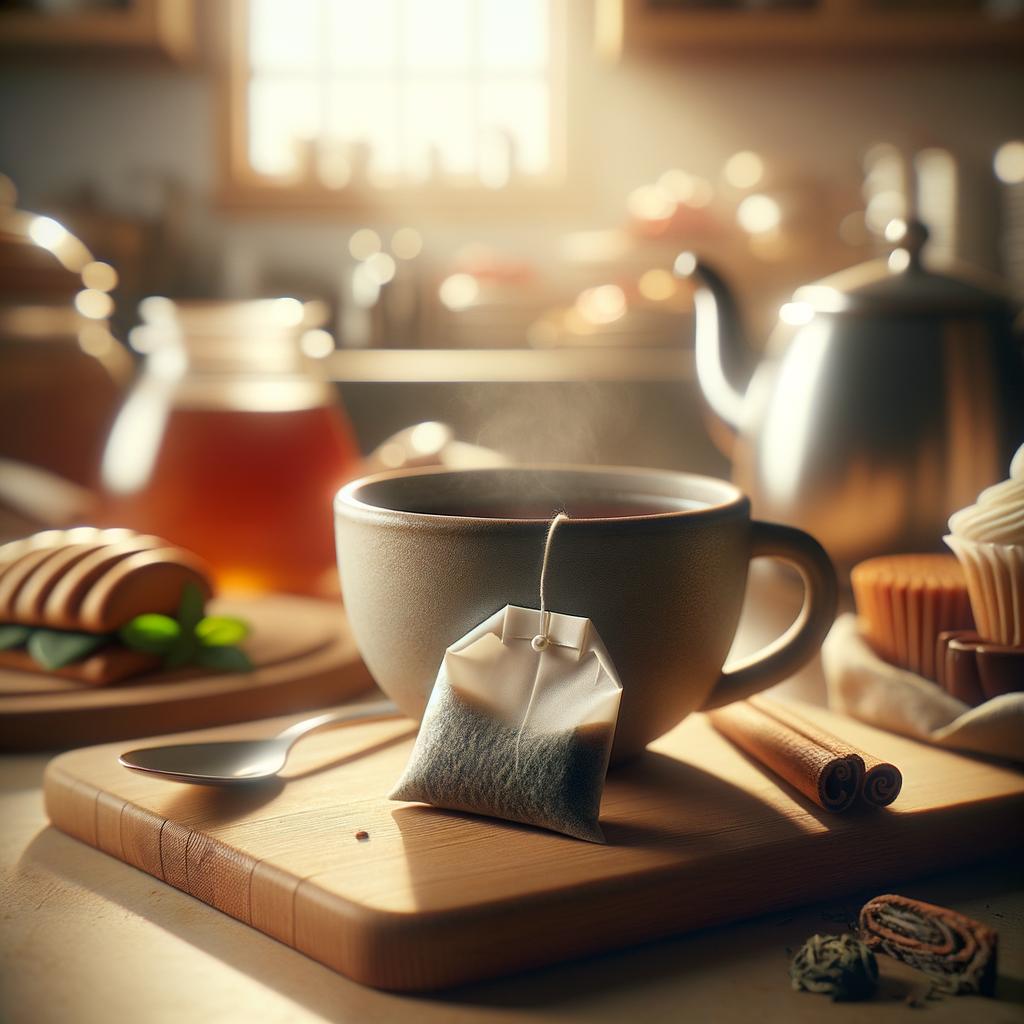Tea Bag

Description
Ah, the humble tea bag, a small, porous packet traditionally filled with dried tea leaves. The tea bag's appearance is modest, typically rectangular or square, and made of paper, silk, or plastic. However, don’t let its simplicity fool you; when steeped in hot water, it unfurls into a dance, releasing a symphony of flavors that range from the grassy freshness of green tea to the robust, full-bodied charm of black tea. The texture of the tea leaves within the bag varies, from fine particles to larger, whole leaves, each contributing to the strength and depth of the brew. The tea bag's unique characteristic is its convenience, offering a quick, easy, and mess-free way to enjoy a comforting cup of tea.
Primary Uses
Tea bags are used predominantly for brewing tea, an integral part of many cultures around the globe. From the refined British afternoon tea to the soothing Japanese tea ceremony, the tea bag finds its place in countless traditions. Its uses extend beyond the teapot, lending its flavors to a variety of culinary applications such as marinades, desserts, and cocktails. The tea bag also has non-culinary uses, such as soothing tired eyes, providing relief from minor burns, and even as a natural air freshener.
History
The tea bag's history is one of serendipity. It was invented in the early 20th century by American tea merchant Thomas Sullivan, who sent samples of his tea in small silk bags to his customers. To his surprise, they began brewing the tea with the bag intact, finding it a convenient method of preparation. This delightful accident revolutionized the tea industry, and the tea bag's use and popularity have only grown since then. It's a testament to how innovation can spring from the most unexpected circumstances.
Nutritional Information
The nutritional content of a tea bag depends on the type of tea it contains. Generally, tea is a rich source of antioxidants known as polyphenols, which have been linked to a range of health benefits, including reducing inflammation and fighting cancer. Green tea, for instance, is high in a type of polyphenols called catechins, which may boost metabolism and aid weight loss. Black tea, on the other hand, contains theaflavins, which have been shown to improve cholesterol levels. Compared to other beverages like coffee or soda, tea offers a healthier, lower-caffeine alternative. Remember, though, that the final nutritional profile of your cup of tea will also be influenced by any additions like milk or sugar.

